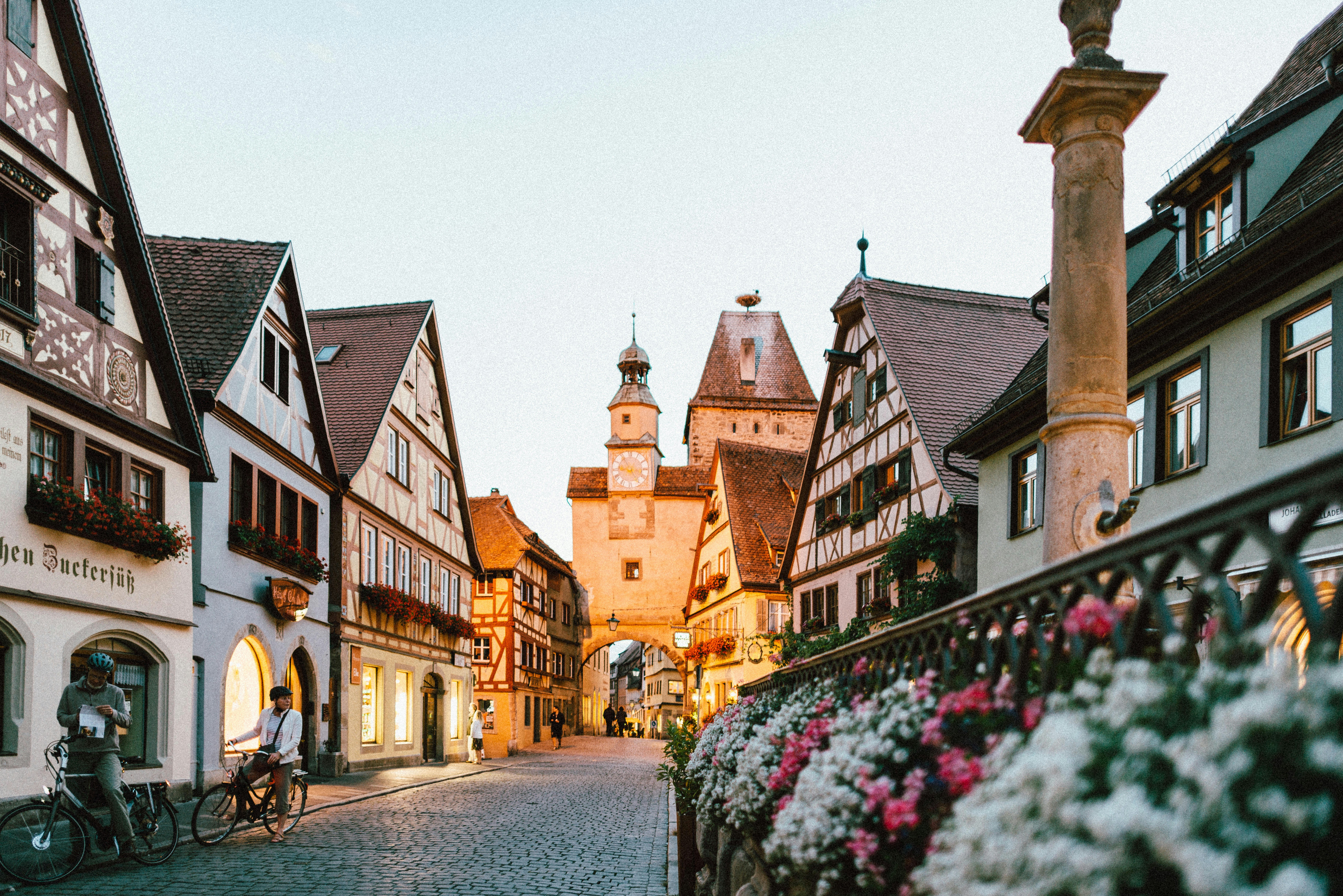Exploring the Accademia Gallery: A Treasure Trove of Renaissance Art

Nestled in the heart of Florence, Italy, the Accademia Gallery is one of the most visited museums in the world. It is a must-see destination for art lovers, history enthusiasts, and anyone seeking to understand the profound influence of the Renaissance. The gallery, known as the Galleria dell'Accademia in Italian, houses an extraordinary collection of works, with Michelangelo's "David" standing as its crown jewel. The allure of the gallery is not limited to "David" alone; it is home to numerous works by some of the greatest artists in history, making it an essential stop for anyone exploring Florence.
A Brief History of the Accademia Gallery
The Accademia Gallery was founded in 1784 by Grand Duke Leopold of Tuscany as part of the Accademia di Belle Arti, the Academy of Fine Arts. The goal was to provide students with direct access to the masterpieces of the past, thus inspiring and educating the next generation of artists. Over time, the gallery evolved into one of the most important museums in Italy, attracting millions of visitors each year.
Originally, the gallery's collection was centered around Michelangelo's works, but it has since expanded to include other Renaissance and Gothic masterpieces. The gallery is divided into various sections, each offering a unique perspective on the art and culture of the Renaissance period.
Michelangelo’s David: The Masterpiece of the Accademia
Undoubtedly, the main attraction of the Accademia Gallery is Michelangelo's "David." This colossal statue, standing at 17 feet tall, was carved from a single block of marble between 1501 and 1504. It represents the biblical hero David, who defeated Goliath, and is considered a symbol of Florentine strength and independence.
What makes "David" truly remarkable is Michelangelo’s ability to capture both the physical and emotional tension of the moment before David’s battle with Goliath. The detailed anatomy, the expression on David’s face, and the dynamic pose all contribute to the statue’s powerful presence. Visitors often find themselves in awe of the sheer scale and beauty of the work.
In addition to "David," the Accademia Gallery houses other works by Michelangelo, including the unfinished "Prisoners" or "Slaves," which were originally intended for the tomb of Pope Julius II. These sculptures provide insight into Michelangelo’s creative process and his mastery of form and expression.
Beyond Michelangelo: Other Highlights of the Gallery
While Michelangelo’s works are the main draw, the Accademia Gallery offers much more. The museum’s collection includes an impressive array of religious paintings, sculptures, and musical instruments. The gallery is divided into several rooms, each dedicated to different periods and styles of art.
Hall of the Colossus: This room features Giambologna’s "Rape of the Sabines," a dramatic and intricate sculpture that captures the movement and emotion of the scene. The hall also contains works by 14th and 15th-century artists, offering a glimpse into the early stages of the Renaissance.
The Florentine Gothic: In this section, visitors can explore the art of the Gothic period, including altarpieces and religious works by artists such as Orcagna and Taddeo Gaddi. These pieces provide context for the evolution of artistic techniques leading up to the Renaissance.
The Museum of Musical Instruments: For those interested in the history of music, the Accademia Gallery also houses a fascinating collection of musical instruments, including the Stradivarius violins and antique pianos. This section of the museum highlights the cultural richness of Florence during the Renaissance.
The Gipsoteca Bartolini: This room features plaster casts of sculptures by Lorenzo Bartolini and Luigi Pampaloni. It offers a unique perspective on the sculptural techniques used during the 19th century, serving as a bridge between the Renaissance and modern art.
The Visitor Experience
A visit to the Accademia Gallery is a journey through the artistic history of Florence. The museum is relatively small compared to other famous galleries, such as the Uffizi, but it is densely packed with masterpieces. Due to its popularity, the gallery can get crowded, especially during peak tourist season. To avoid long lines, it is advisable to purchase Accademia Gallery tickets in advance.
The gallery also offers guided tours, which provide deeper insights into the art and history of the collection. These tours are often led by art historians or local experts who can offer a more detailed understanding of the works on display.
Practical Information for Visitors
The Accademia Gallery is located at Via Ricasoli 58-60, just a short walk from Florence’s famous cathedral, the Duomo. It is easily accessible by foot or public transportation. The museum is open from Tuesday to Sunday, with varying hours depending on the season. It is closed on Mondays, as well as on January 1st, May 1st, and December 25th.
Admission fees are reasonable, and discounts are available for students, seniors, and groups. For those looking to make the most of their visit, the Firenze Card offers access to multiple museums in Florence, including the Accademia Gallery.
Note: IndiBlogHub features both user-submitted and editorial content. We do not verify third-party contributions. Read our Disclaimer and Privacy Policyfor details.







